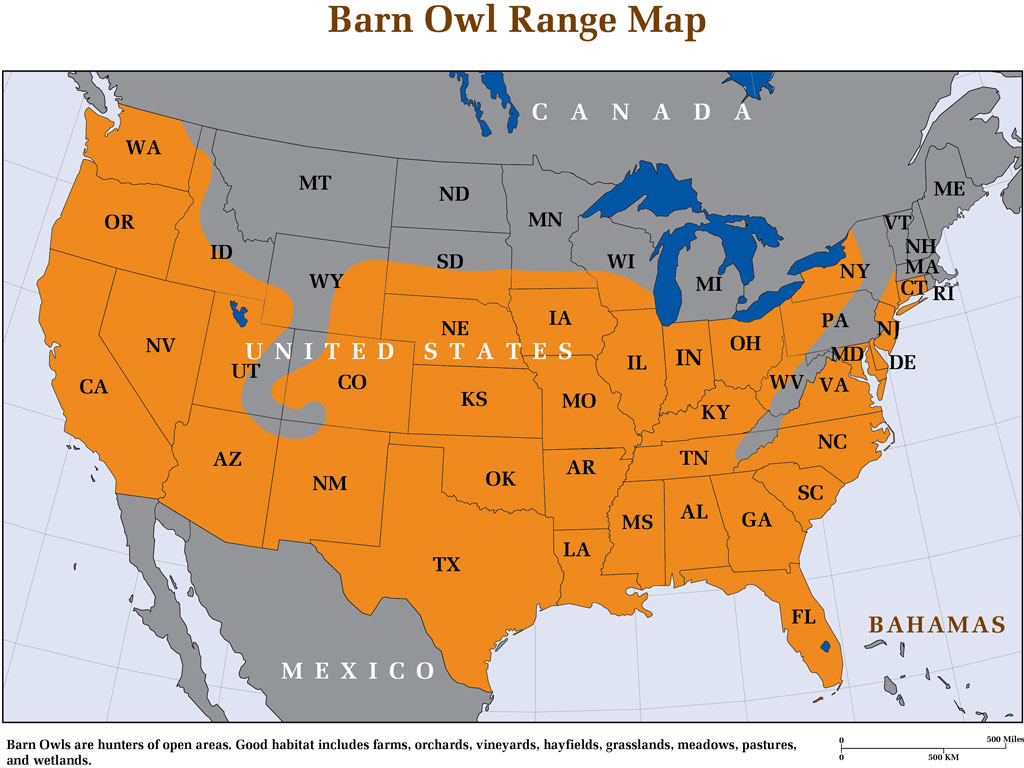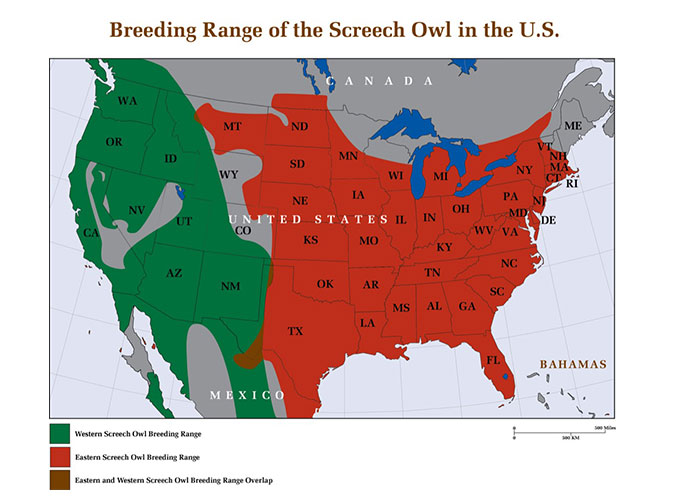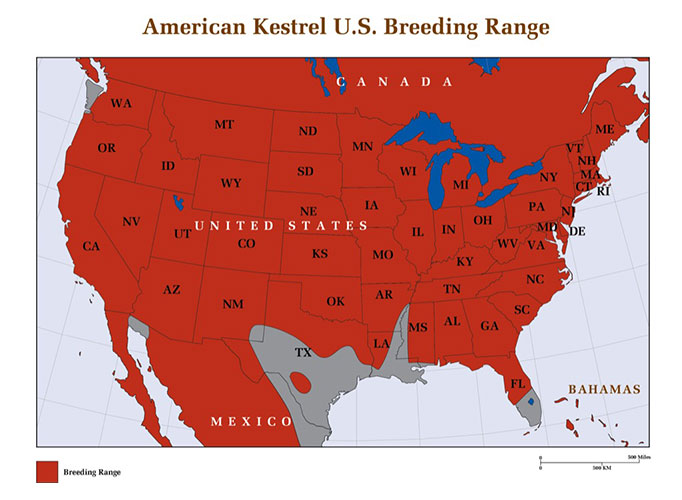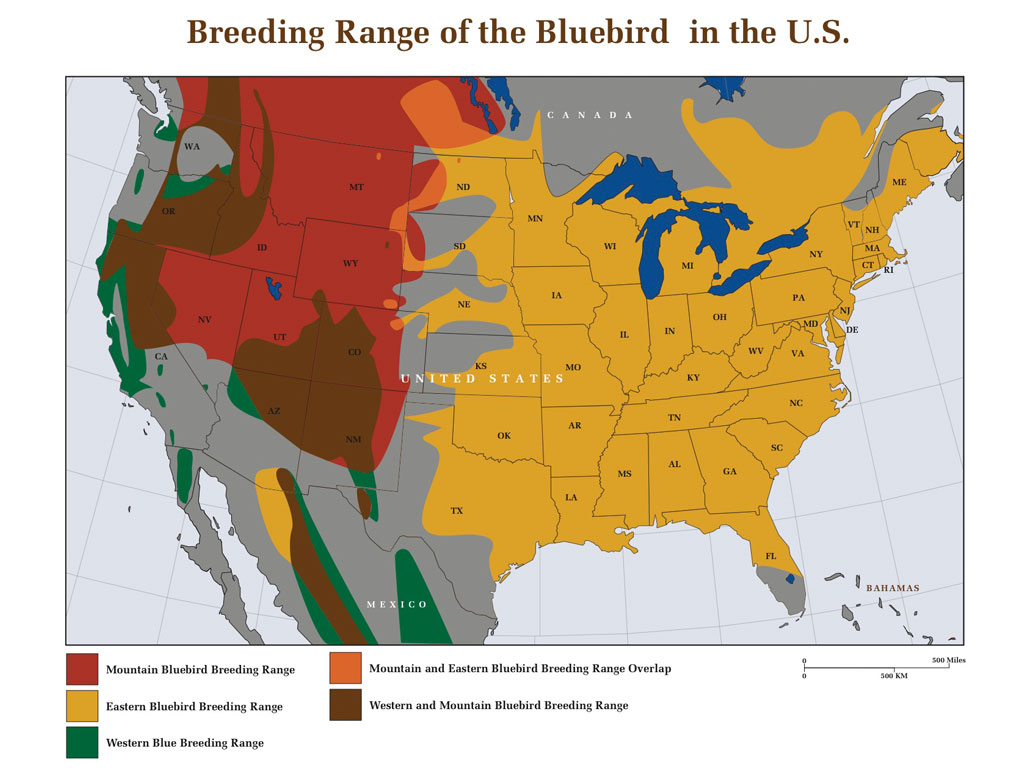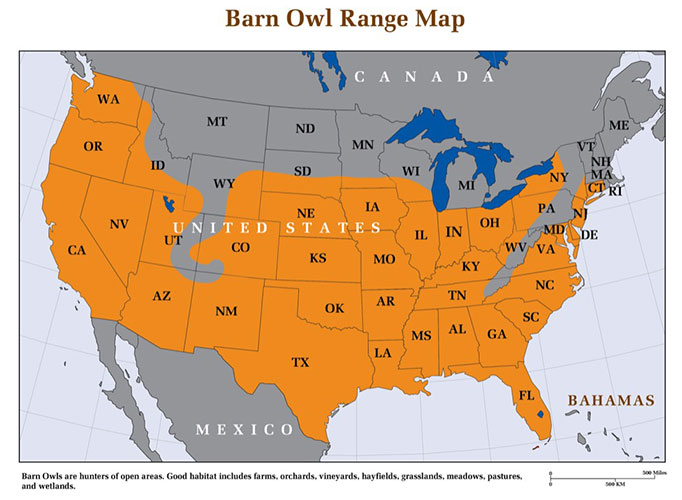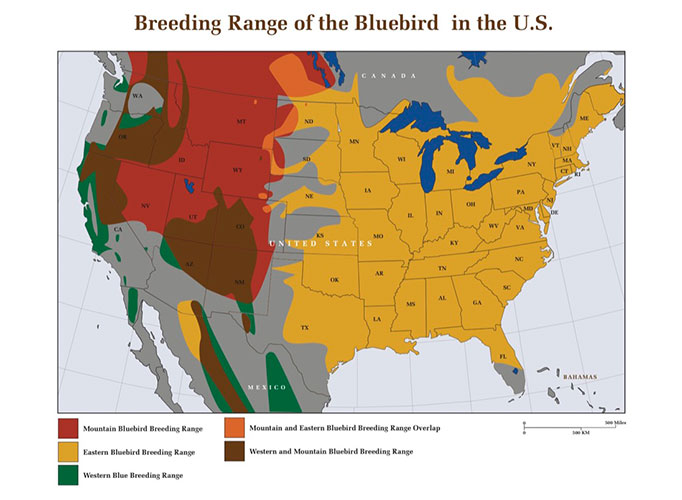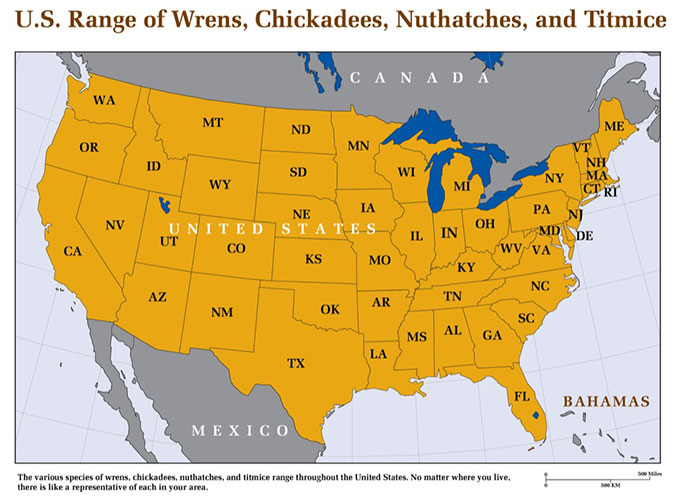Free Shipping to the Contiguous United States
Barn Owl Boxes for Sale at Discount Prices
DISCOUNT BARN OWL BOXES The Barn Owl Box Company provides substantial discounts on our cutting-edge nest boxes for quantity purchases. Our molded plastic nest boxes for barn owls were designed by a leading owl researcher. They are lightweight, long-lasting, very simple to install…

